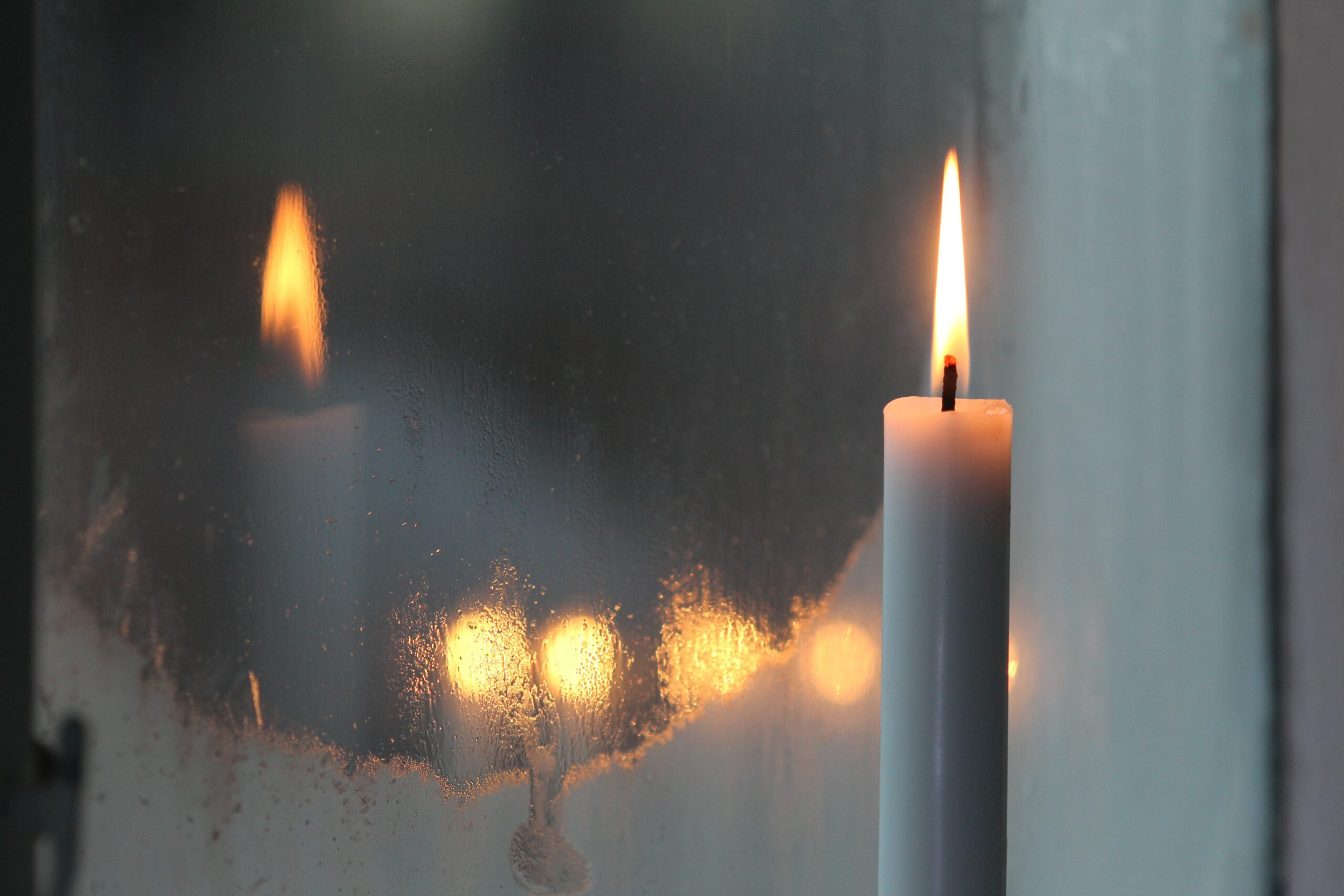Four years ago, my youngest son, Randy, died at the age of 31. The pain from losing my beloved child was all-encompassing — it seemed to seep into every pore. I wanted to curl up and leave this earth right with him. There was no getting him back, nor a final chance to say goodbye. Devastation doesn’t begin to define the unbearable force that came to stay.
Randy struggled with addiction for years. He’d been in and out of rehab since he was 18, but he spent the last two years of his life clean and sober. When he died, he was two weeks away from accepting his college degree. He was engaged and very much in love. He had a fantastic job awaiting him in his chosen field. I saw him and his lovely fiancé just two nights before his death. We had pizza. On the final night of his life, Randy went out to run some errands and his fiancé went to bed early. The following morning, in the very early hours, she found him dead on the kitchen floor in their Park City, Utah apartment. Heroin and fentanyl had killed him.
Accepting the grief makes transformation possible, Buddhism told me. Christians also believe in the power of transformation. I desperately wanted to transform.
When the phone call came, I screamed as I heard the words: “Randy’s dead.” I screamed again as I handed the phone to my husband, unable to listen to another word. I continued to scream as he called Randy’s father. I’ve since come to understand that screaming suspends everything around you — it shuts-out incoming information, stopping time. It pushes everything away as your psyche tries to process horrible, dreadful news.
When I finally stopped screaming, grief took over. It hovered in the air as we had Randy’s body flown home to Oregon for burial. It swept through the house with every flower delivery, sympathy card, and casserole that arrived from family and friends. After his funeral, the well-intentioned platitudes poured in: He’s in a better place. He’s at peace. God’s plan isn’t our plan.
Which brings us to God. My Christian faith; The Church of Jesus Christ of Latter-day Saints (LDS), also known as Mormonism. In the wake of Randy’s death, I prayed for relief from my unrelenting grief, the nightmares, and the physical and spiritual pain. I fasted, read Scripture, and tried to provide some kind service to others — all precepts of my faith. But three weeks in, I was rapidly spiraling downward. My faith hadn’t failed me, but it hadn’t provided the relief I needed either. I searched the internet for commentary on grief and I came upon a Buddhist website which mentioned the “49 days of grief,” referring to the teaching in some Buddhist traditions, that it takes 49 days for someone to fully reincarnate.
As someone who barely knew the definition of dharma, let alone bardo — that otherworldly place between death and life — I felt pulled to a beginner-friendly written piece about the importance of the 49 days after a person dies. While there are different ways of observing and acknowledging this period, the author wrote of minimizing all daily activities as much as possible and focusing on one’s pain; to find space for it. As someone who came from a culture of staying busy and carrying on, this sounded counterproductive. Feeling more pain didn’t sound helpful, yet something about it rang true.
Rituals were also mentioned in the article. While Mormons do have rituals, they’re not a big part of our worship. The LDS religion is stripped down and centered on the personal relationship between oneself and Christ. I had to think of incorporating a ritual or two without going against my faith. My therapist had already suggested lighting a daily candle for my son, so I chose that as one. The other was to find the calmest spot in my home and sit there as I immersed myself in the torture of acknowledging this grief. The idea? To accept it as a new part of my being, and give it space – and that, I truly didn’t want to give. Regardless, my 49-day journey began.

The calmest spot in my house was in our living room, where I could look out a large window. Randy died in December, so as I gazed outside in early January, many houses in the neighborhood were still decorated with Christmas lights. They seemed oddly strange and festive as I lit a little candle and sat in misery. I studied how some schools of Buddhism believe that a deceased person’s body can receive messages. This idea aligned with my Christian beliefs, so during that time, I often spoke directly to Randy.
It was an interesting mix of spirituality. I was interpreting a Buddhist practice through my Mormon eyes. Accepting the grief makes transformation possible, Buddhism told me. Christians also believe in the power of transformation. I desperately wanted to transform.
At first, I felt no change in my grief as my days of sitting progressed, but I read that the practice of mourning is interpreted in many different ways within Buddhism. This helped me move forward, having no clue what kind of relief was ahead. Maybe there would be none, but I was already halfway through. What else would I do?
On the 42nd day, I was sitting in the living room, looking out the window, and watching the rain fall. I felt horrid, and expected nothing, but that’s when it happened. I felt a shift in my entire being. The shift was as subtle as a second-hand on a grandfather clock: Tic. Toc. And then it was gone.
I don’t know how, but in that moment my soul found a space for grief. The grief wasn’t going anywhere — it was now a fundamental part of me. Even though I didn’t feel it then, I had also found a space for joy to re-enter my life. The next seven days of sitting in grief felt the same sort of awful, but something was different. The difference was hope.
On the 49th day, I got up from the living room sofa and slowly resumed my life.
Four years later, I still think of Randy every day. I miss his phone calls, his daily texts, his laughs, his incredible intuition, his — everything. I’ve found space for all the loss, though the grief that still visits me often. But I’ve also found acceptance. I feel gratitude for that random, small article I found that taught me about the 49 days.
Although my Mormon religion is stripped down free of icons, I have a small collection of religious icons. They are respectfully on display in my home, nestled in a crystal bowl inherited from my grandmother. In the middle of them all is a small wooden Buddha. He is smiling.

